Séralini’s study met with a storm of criticism from scientists, some science journalists, and government agencies, which were rushed out beginning only two hours after it was released.1
However, there are serious questions over the accuracy and relevance of some of the critics’ statements. We have compiled a list of the most common criticisms of Séralini’s study and offer our responses.
The main problem with these criticisms is that, unlike Séralini’s study, they are not based on experimental data but largely on opinions and assumptions. The most frequent criticisms have not been published in peer-reviewed journals and fail to stand up to serious scrutiny.
The scientifically acceptable way to prove that a study such as Séralini’s is unreliable is to repeat it with any desired modifications, perhaps with a larger number of animals, and get different results. Until critics produce new data, Séralini’s study stands as valid and as by far the most thorough of its kind to date.
There are also serious questions over the independence and expertise of many of Séralini’s critics. Many have links to the GM industry which are undisclosed in media articles that quote them as experts. These links have been exposed by the French journalist Benjamin Sourice 2 and the UK-based campaign group GMWatch,3 4 among others.
Another important point is that many of Séralini’s critics have no experimental experience or knowledge of the design and conduct of toxicological tests and no record of publishing original experimental research in peer-reviewed journals. In contrast, the research expertise and publication record of Séralini and his team are extensive and relevant.
Support
Many international scientists and experts have expressed support for Séralini’s study and for open scientific debate based on the peer-reviewed publication system.5 6 7 8 9 10
A statement opposing the attacks, “Science and conscience”, signed by 140 French scientists, was published in the newspaper Le Monde.5
Hundreds of scientists and academics from around the world signed an open letter that supports Séralini’s research and protests against the way in which the GM approval process is rigged in favour of applicants and backed up by the systematic suppression of independent scientists working in the public interest. This system, the letter says, is making “an honest, rational or scientific debate” impossible.6
Séralini’s research is also supported by individual letters from 160 scientists, which were sent to the journal that published the original paper. These letters have been made public by Séralini’s research institute CRIIGEN:
Letters of support (1)
Letters of support (2)
An article from Agence France Presse (AFP) suggests the support for Séralini may actually be greater than is apparent even from the growing number of public statements. AFP quoted Pierre-Henri Gouyon, a professor at the National Museum of Natural History in Paris, as commenting on the statement published in Le Monde opposing the attacks on Séralini, “There are also people who have participated in the writing [of the statement] but have not signed for fear of the consequences for their careers. I have recommended people who expect promotion not to sign it.”11
Further support for Séralini came from Dr Angelika Hilbeck, a biologist at the ETH Zurich (Swiss Federal Institute of Technology), who said in a media interview that she takes Séralini’s findings “seriously”.12 Hilbeck was subjected to attacks similar to those leveled at Séralini after her team published research showing that GM maize harmed beneficial insects.13 14 15
Hilbeck commented on the attacks on Séralini’s research and the vested interests behind many of them: “Such attacks on scientists who highlight risks of GM plants are normal. It’s always the same industry-linked GM proponents who immediately try to defame the critical studies and their authors in a concerted campaign. This is about money.
“Now they’re pointing the large caliber weapons at Séralini, because his feeding study focused on the health of animals, which in turn serve as a model for humans.”12
References:
1. Science Media Centre. Expert reaction to GM maize causing tumours in rats [press release]. 19 September 2012. http://www.sciencemediacentre.org/pages/press_releases/12-09-19_gm_maize_rats_tumours.htm
2. Sourice B. The covert war to discredit Séralini’s study [OGM : La guerre secrète pour décrédibiliser l’étude Séralini]. Rue 89. 12 November 2012. http://www.gmwatch.org/index.php?option=com_content&view=article&id=14424
3. Matthews J. Smelling a corporate rat. Spinwatch. 12 December 2012. http://bit.ly/TOZ3Fo
4. GMWatch. How independent is the Science Media Centre and its experts? 24 September 2012. http://www.gmwatch.org/latest-listing/51-2012/14224
5. Andalo C, Chercheuse AHS, Atlan A, Auclair D, Austerlitz F, Barot S. Science et conscience [Science and conscience]. Le Monde. 14 November 2012. http://www.lemonde.fr/idees/article/2012/11/14/science-et-conscience_1790174_3232.html
6. Bardocz S, Clark EA, Ewen SW, et al. Seralini and science: an open letter. Independent Science News. 2 October 2012. http://independentsciencenews.org/health/seralini-and-science-nk603-rat-study-roundup/
7. Deheuvels P. Étude de Séralini sur les OGM: Pourquoi sa méthodologie est statistiquement bonne [Seralini study on GMOs: Why the methodology is statistically sound]. Le Nouvel Observateur. 9 October 2012. http://bit.ly/RtPivG
8. Saunders P. Excess cancers and deaths with GM feed: The stats stand up. Science in Society. 16 October 2012.
9. Poulter S. Cancer row over GM foods. Daily Mail. 19 September 2012. http://www.dailymail.co.uk/sciencetech/article-2205509/Cancer-row-GM-foods-French-study-claims-did-THIS-rats–cause-organ-damage-early-death-humans.html
10. Heinemann J. Letter to the editor. Food and Chemical Toxicology. 6 November 2012; 50(11): 4221-4231.
11. Agence France Presse. OGM: Séralini publie une liste de soutien de 193 scientifiques internationaux. 20minutes.fr. 16 November 2012. http://www.20minutes.fr/ledirect/1044460/ogm-seralini-publie-liste-soutien-193-scientifiques-internationaux
12. Battaglia D. Kritische Gentech-Forschung: “Hier geht es um viel Geld” [Crucial GM research: “This is about large sums of money”]. Tages Woche. 2 November 2012. http://www.gmwatch.org/latest-listing/51-2012/14451
13. Schmidt JE, Braun CU, Whitehouse LP, Hilbeck A. Effects of activated Bt transgene products (Cry1Ab, Cry3Bb) on immature stages of the ladybird Adalia bipunctata in laboratory ecotoxicity testing. Arch Environ Contam Toxicol. Feb 2009; 56(2): 221-228.
14. Hilbeck A, Meier M, Trtikova M. Underlying reasons of the controversy over adverse effects of Bt toxins on lady beetle and lacewing larvae. Environmental Sciences Europe. 15 February 2012; 24(9).
15. Hilbeck A, McMillan JM, Meier M, Humbel A, Schlaepfer-Miller J, Trtikova M. A controversy re-visited: Is the coccinellid Adalia bipunctata adversely affected by Bt toxins? Environmental Sciences Europe. 15 February 2012; 24(10).





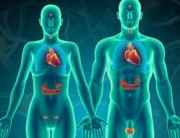


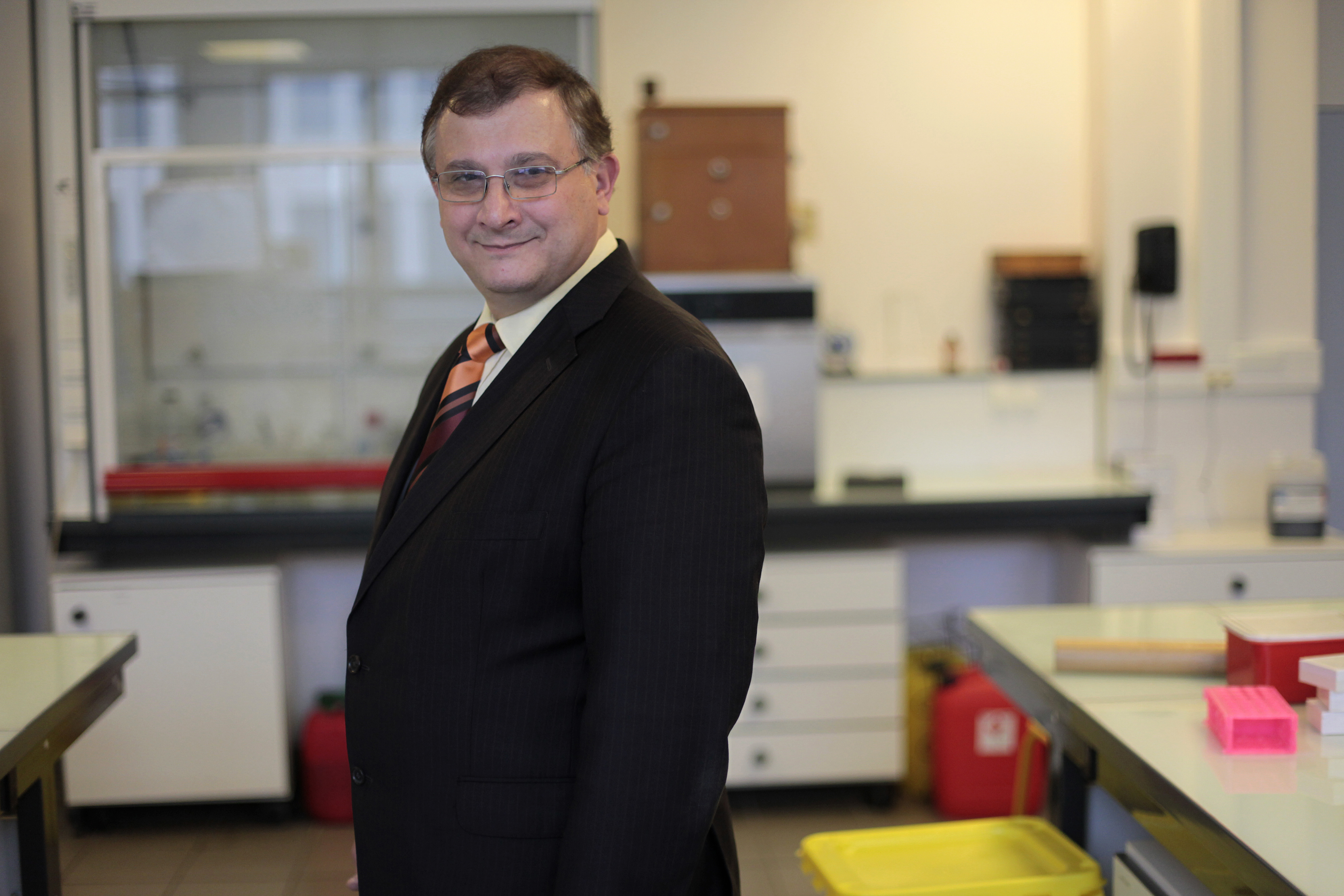
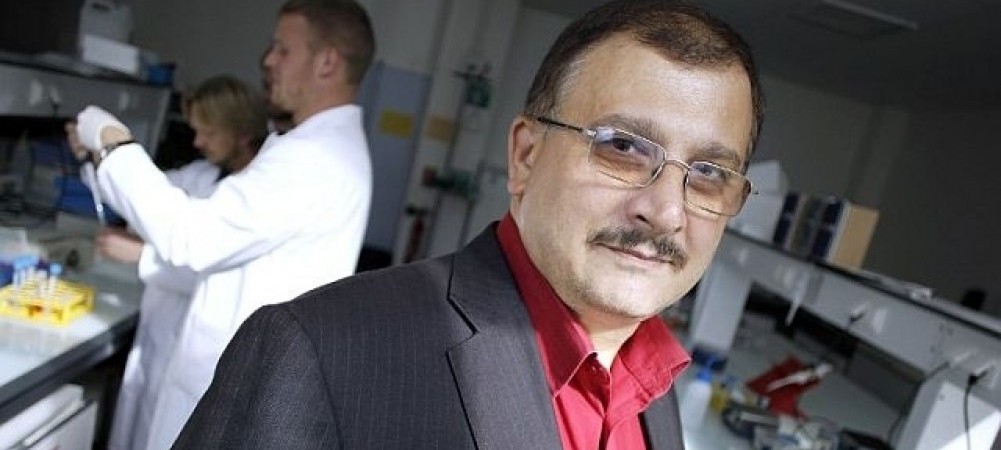

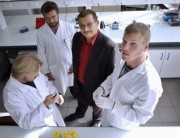
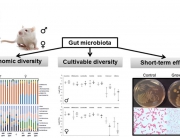

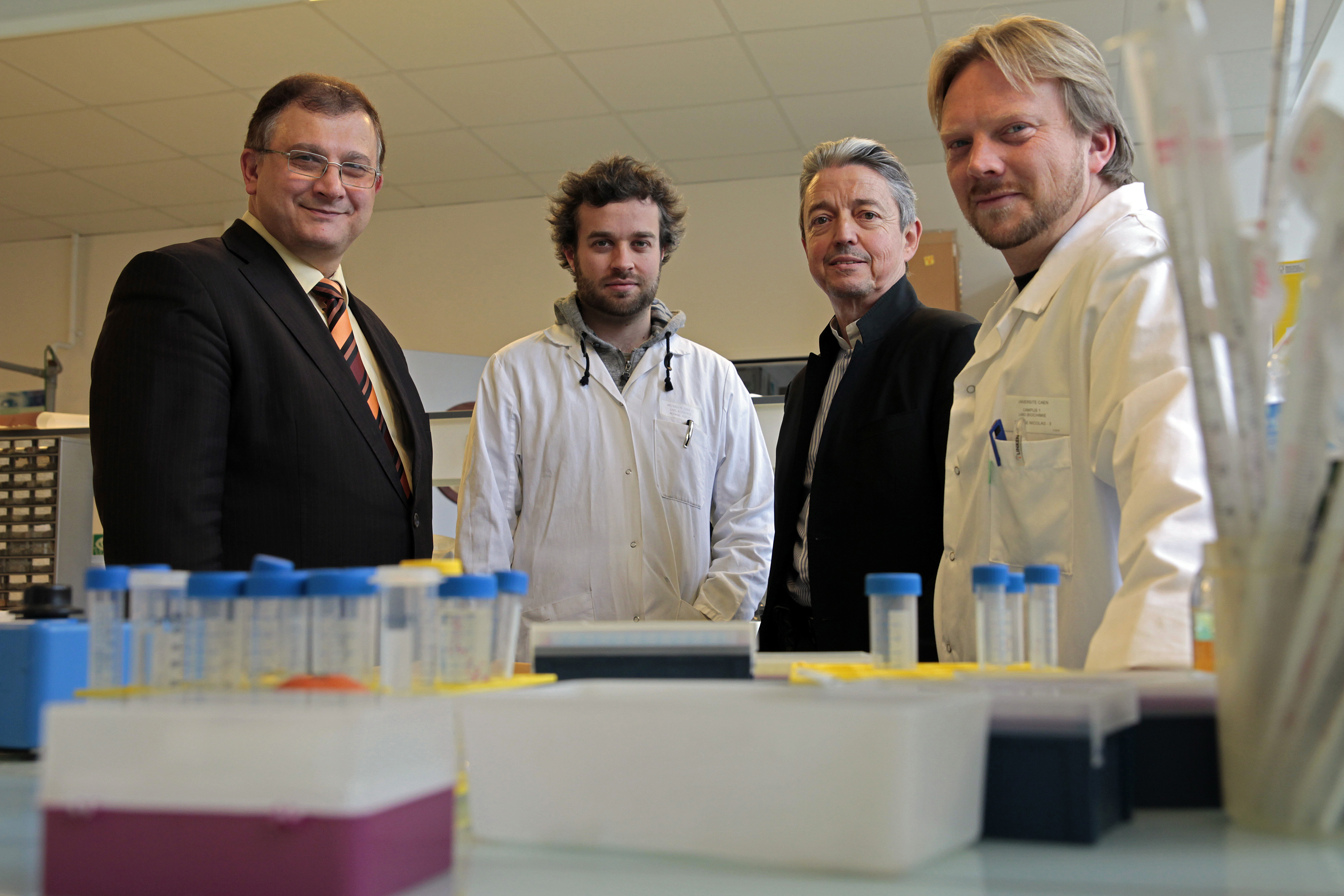
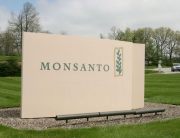




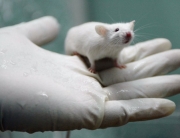



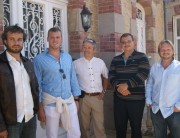
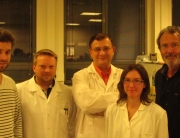
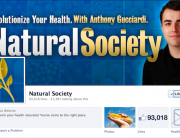

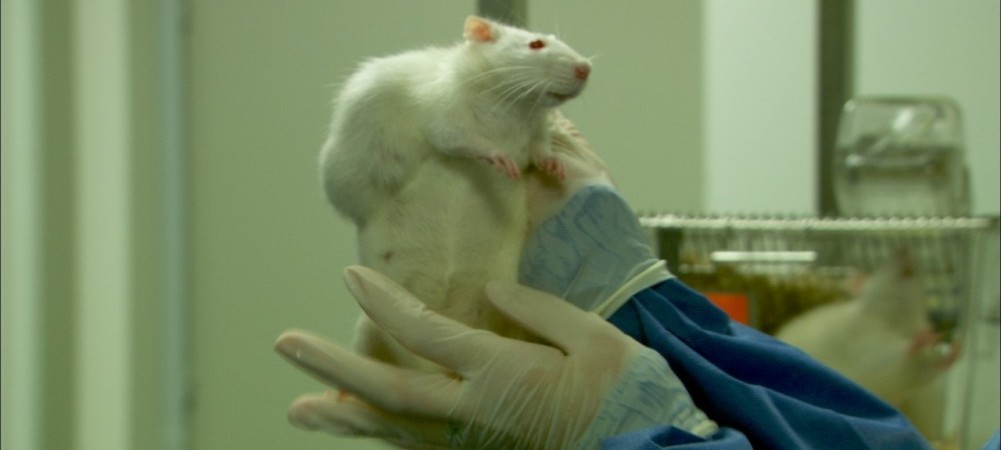

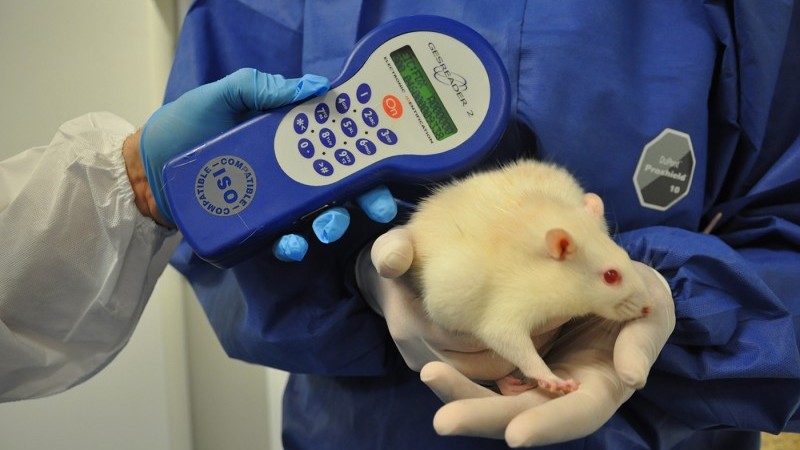

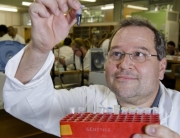
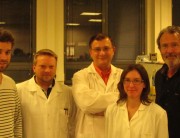

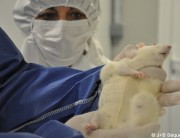
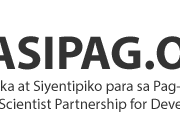

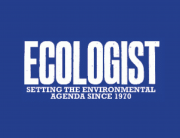
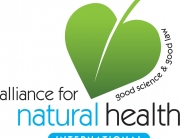


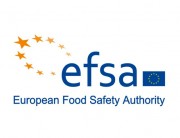
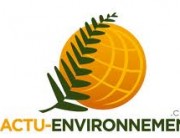
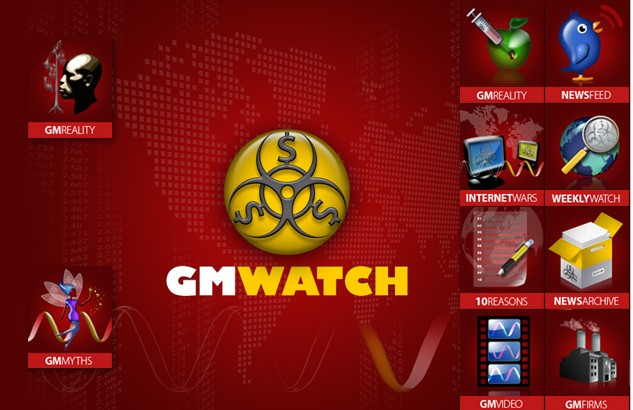
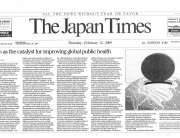

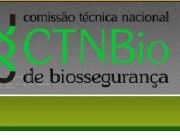

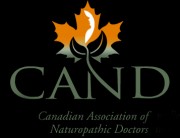
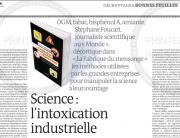


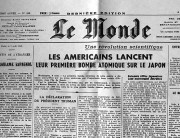
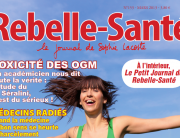

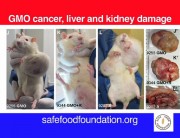
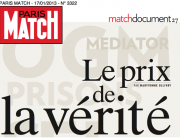
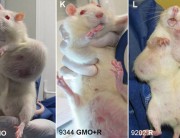
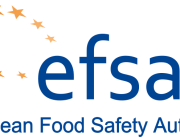

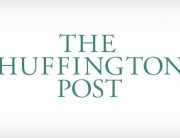
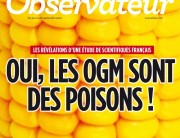

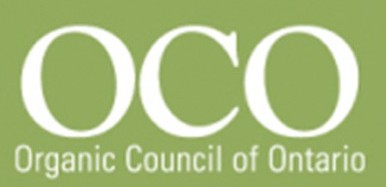
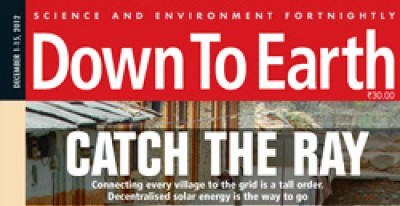
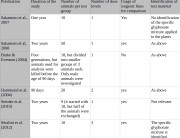
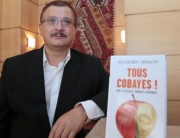














Merci beaucoup pour votre courage. Merci pour la vérité.